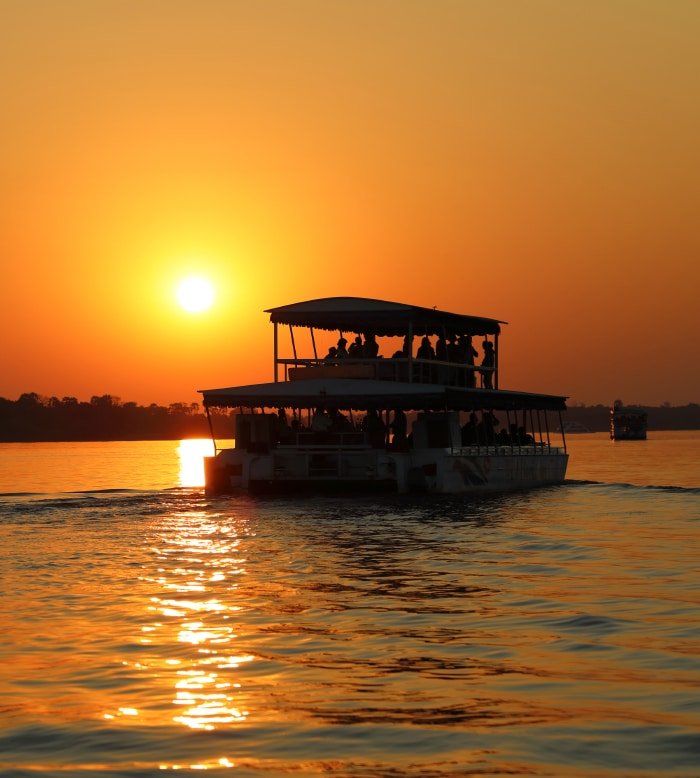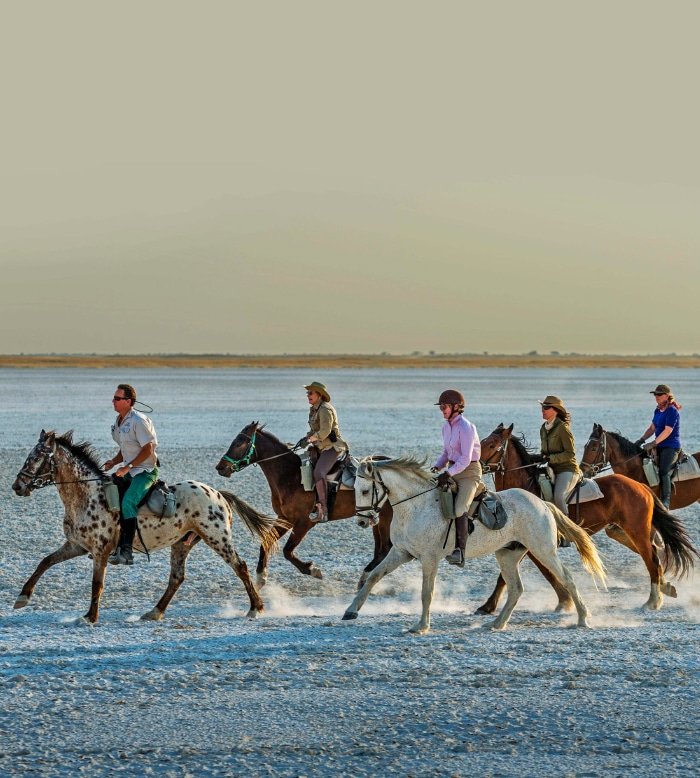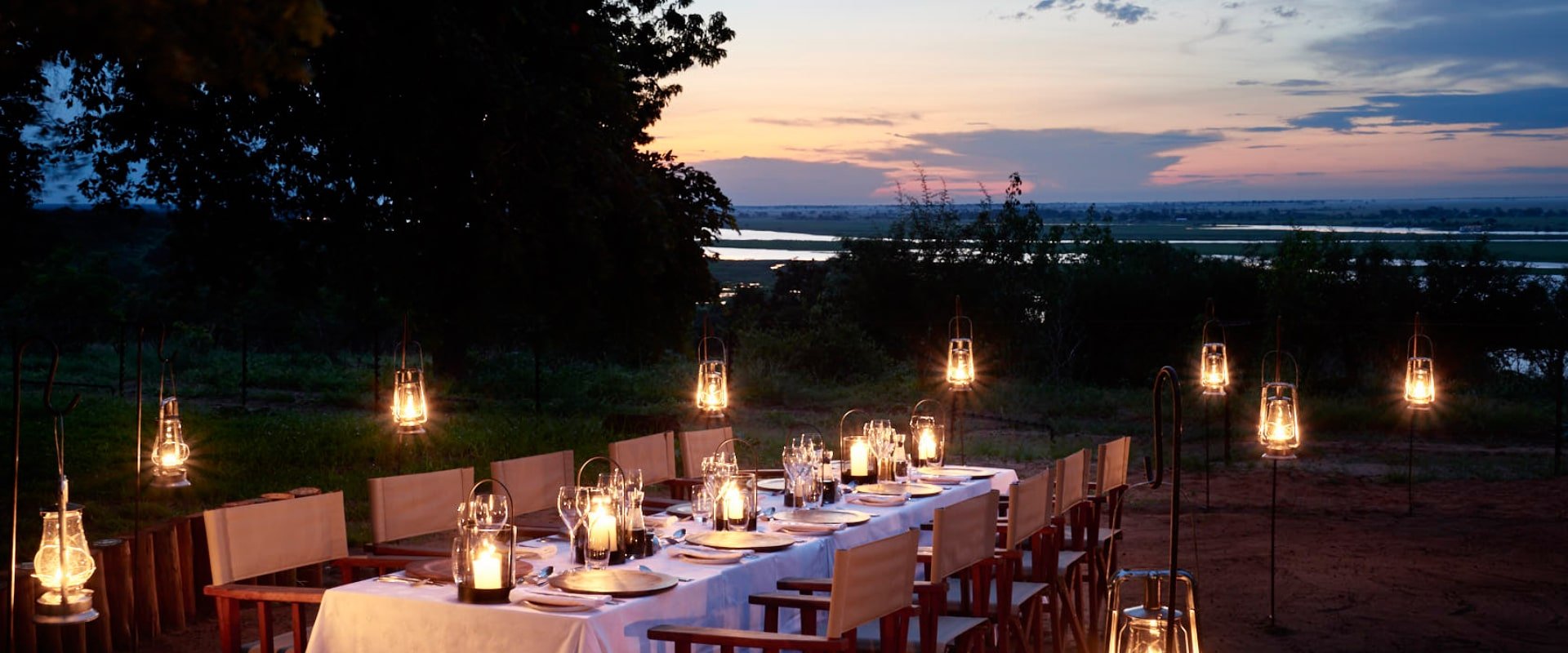- Home
- Destinations
- Botswana
- Chobe National Park
Overview
Climate
Chobe has a warm to hot climate, and seasons can be divided into the Dry Season (April to October) and the Wet Season (November to March).
From April the rainfall and temperature decrease, the park becomes drier and wildlife is forced to permanent water sources, such as waterholes and riverbeds. This time of year one can expect to experience intense game viewing in these water-rich areas.
Temperatures start to increase in August and with it comes the migratory birds. When the first rains start from November onwards in the form of thunderstorms, animal activity diminishes. The green season emerges, with blooming wild flowers and the birthing season of plains game.
Getting There
The nearest airport to Chobe is Kasane, from where you can either take a scenic charter flight to an airstrip close to your accommodation, or a road transfer from Kasane to Chobe. It is also possible to fly to Maun Airport, from where you can connect to a flight to Kasane or travel via road. If you will be using a rental vehicle for the road transfer, a 4x4 vehicle is required.
Ideal Destination For
- Bucket List
- Romance
- Safari
- Solo Travel
- Special Interest
Points of Interest
- Chobe Riverfront
-
Also known as the Serondela area, the most accessible area of the park is the Chobe Riverfront. This is where you will find the largest concentration of wildlife as the lush plains and dense forests attract huge numbers of elephants and buffalo. The Riverfront is the most visited part of the park.
- Linyanti Swamp & Wetlands
-
Linyanti Swamp and Wetlands are situated in the northwest corner of the park. The lagoons and floodplains are complimented by the distinctive surrounding dry woodlands. Predators and large concentrations of game, particularly elephant and buffalo, move down to the Linyanti River at the start of the winter months.
- Savuti
-
In the west of the park, the Savuti channel empties into the Savuti Marsh. The remote area is well known for its rich grasslands, savanna woodlands and large varieties of trees and other vegetation, and as a result, is frequently featured in wildlife documentaries. Great flocks of grazers and browsers, and subsequently also predators, can be found in this area.
- Nogatsaa Tchinga
-
The Nogatsaa Tchinga is a hot and dry hinterland. Remote and inaccessible, its clay soil creates several natural pans, most of which dry up during the dry season, apart from a few. The surface water lasts well into the dry season, and attracts an abundance of game between August and October. The area is particularly good for viewing Eland.














































The Chobe National Park, located in the far north of Botswana, was the country’s first National Park and covers approximately 11 700 km2. It is named after the Chobe River, which flows along the northern boundary, acting as the border between Botswana and the Caprivi Strip. It provides water for the inhabitants of the park all year round, supporting wildlife and birdlife unrivalled in concentration and diversity.
The blend of fertile floodplains, grasslands, thick scrubs and mopani woodland is famed for the largest concentration of elephants in Africa. Game drives and river cruises in the unspoilt environment allow for close-up encounters of massive herds of the majestic beasts, buffalo, lion, wild dog, jackal, hyena, leopard, giant hippo and crocodiles. This is also a birder’s paradise and photographer’s dream setting.